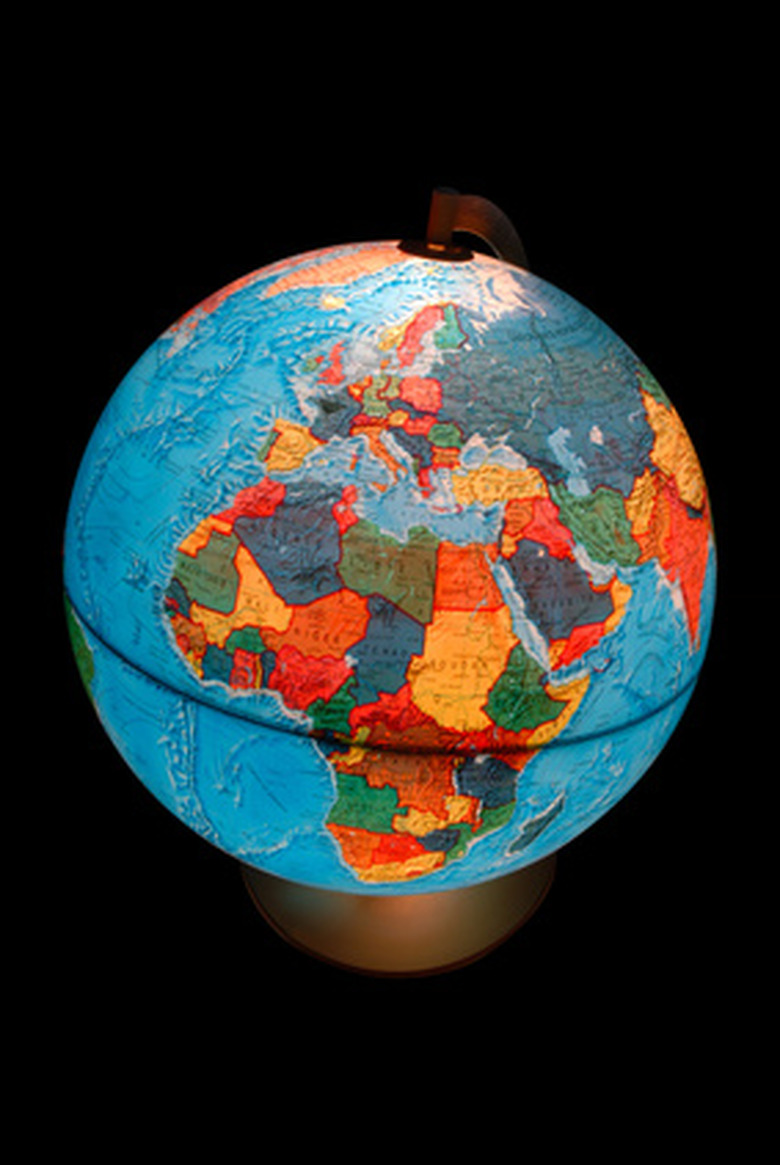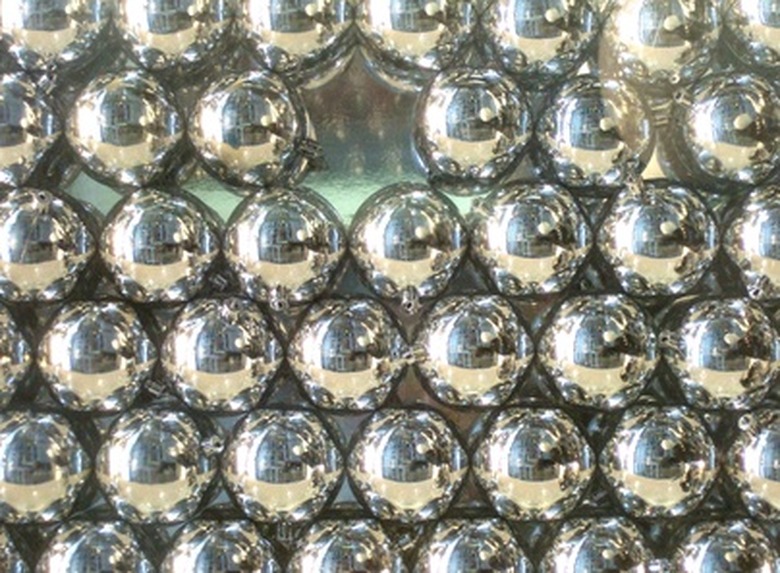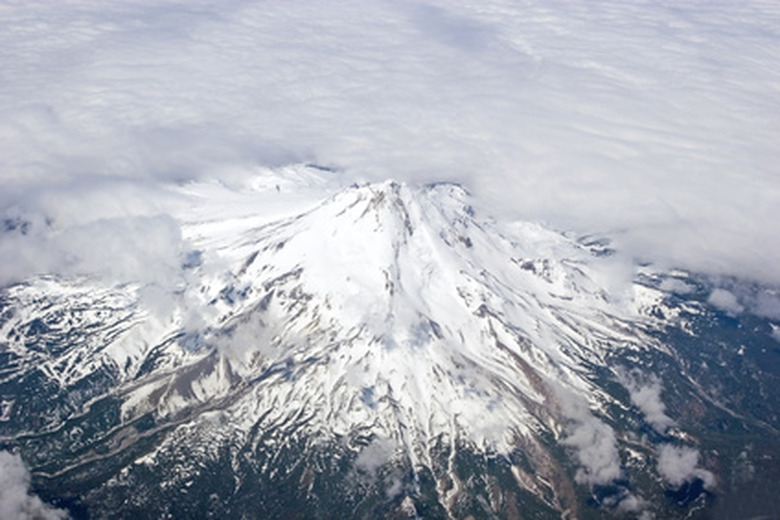How To Make A Core Of The Earth As A 3D Model
Just as a globe is a more accurate representation than a map, a 3-D model is more accurate than a diagram, especially if it is a model of the Earth's layers.The composition of the Earth is divided into four layers. The Earth's core is only divided into two layers. So if you're going to make a model of the Earth's core, you can make a model of the entire structure of the Earth with little extra effort.
Preparation
Step 1
Form one of the clay colors into a ball with a diameter of about one centimeter. This smallest ball will represent the Earth's solid iron inner core. White or yellow is a good choice, though color doesn't really matter. You can also use something solid, such as a ball bearing, as long as it is roughly the correct diameter.
Step 2
Form one of the clay colors into a ball with a diameter of about three centimeters. This represents the liquid outer core. Yellow (if not used for the inner core) or orange are popular choices for this component.
Step 3
Form one of the clay colors into a ball with a diameter of about six centimeters. This ball representing the semi-liquid mantle is the last ball of clay you'll make. Most models use red for the mantle to denote its hot, molten rock, also called magma.
Step 4
Take another piece of clay and stretch it into a thin, flat sheet large enough to cover the mantle. Blue and brown are popular colors here. Use blue if you intend to also add continents to your model, since they'll probably be brown.
Assembly
Step 1
Surround the ball representing the inner core with the outer core. Try to keep the inner core perfectly centered within the outer core, and make sure you form the outer core back into a spherical shape.
Step 2
Surround the outer core with the larger mantle. Again keep the outer core in the middle of the mantle and be sure to retain a spherical shape.
Step 3
Now cover the mantle entirely with the thin clay sheet for the crust. Try to make this layer as thin as possible. The thickness of the earth's crust is usually exaggerated in diagrams because it is so thin compared to the other layers of the Earth.
Step 4
Form your last color into thin continent shapes if you made the mantle from blue clay (to represent the water covering the vast majority of the Earth's surface) and you want to add continents. Carefully place the continents on top of the blue crust. Omit this step if you don't want to add continents to your model.
Step 5
Cut the model exactly in half with a knife. Your should have two 3-D cross-sectional models of the Earth, from the crust to the inner core.
TL;DR (Too Long; Didn't Read)
You can make the model larger or smaller, as long as the ratio between each layer remains fairly accurate.
References
Cite This Article
MLA
Signal, Michael. "How To Make A Core Of The Earth As A 3D Model" sciencing.com, https://www.sciencing.com/make-core-earth-3d-model-7697344/. 24 April 2017.
APA
Signal, Michael. (2017, April 24). How To Make A Core Of The Earth As A 3D Model. sciencing.com. Retrieved from https://www.sciencing.com/make-core-earth-3d-model-7697344/
Chicago
Signal, Michael. How To Make A Core Of The Earth As A 3D Model last modified March 24, 2022. https://www.sciencing.com/make-core-earth-3d-model-7697344/


